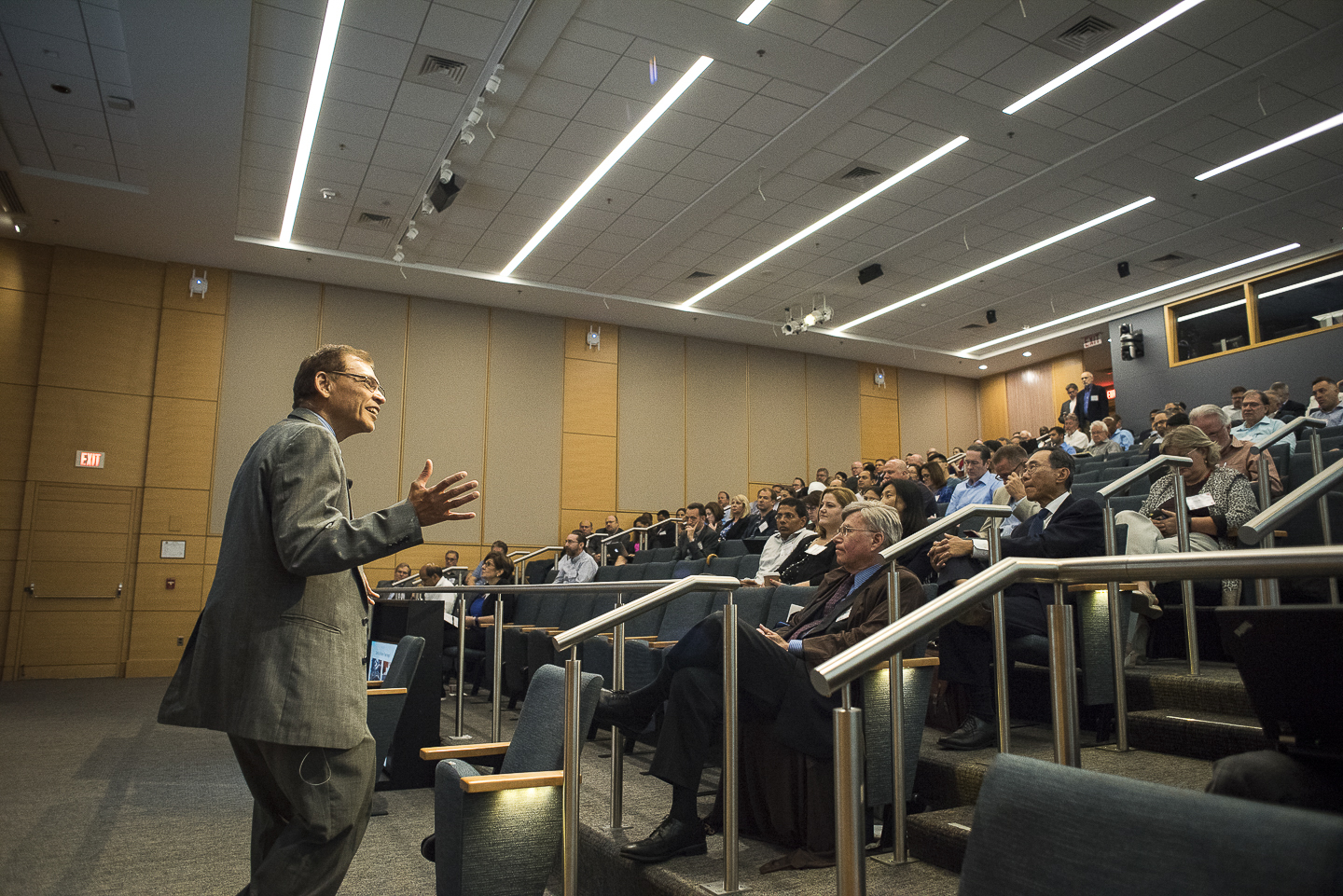 BIG DATA
BIG DATA
 BIG DATA
BIG DATA
 BIG DATA
BIG DATA
Data’s position as a crucial asset in business today is inarguable, and the rise of the chief data officer has further confirmed data’s influence across a range of industries. As enterprise processes evolve rapidly to accommodate and leverage the data inundating businesses, the demand grows for CDOs to carve out their own role respective to the chief technology officer and adapt to changing responsibilities. The faster a CDO can prove the value of enterprise data, the more quickly they can secure support of the C-suite.
“The CDO tends to be more associated with the role that data plays increasingly with analytics,” said Peter Burris (@plburris), co-host of theCUBE, SiliconANGLE Media’s mobile livestreaming studio. “Over the next few years that set of relationships is going to change … as businesses start to reinstitutionalize their work around … what it really means to have data as an asset.”
Burris and Rebecca Knight (@knightrm), co-host of theCUBE, sat down at the MIT CDOIQ Symposium in Cambridge, Massachusetts, to discuss shifting business priorities around data and how the role of CDO is changing to directly address outcomes and revenue.
Of the many opportunities for optimization and exploration in this evolving data landscape, pinpointing how to turn data into an asset should take precedence for CDOs, according to Burris.
“Pricing out the value of data, demonstrating how they’re turning it into assets that can be utilized and exploited … to generate returns that are actually superior to some of the other assets in the business” is the modern CDO’s primary mission, he said.
Data’s evolution is also creating a need for more defined C-suite responsibilities. “[In] organizations that have a CDO, the chief information officer looks more often to be the individual in charge of the IT assets; the technology officer tends to be in charge of the IT infrastructure,” Burris said.
These delineations are especially important in determining how the different roles can work together to reinstitutionalize business processes from a data perspective. “The chief digital officer is often very proximate to the chief operations officer thinking about how data is going to change the way the organization works … but we’re starting to see that role move more directly into operations,” Burris said.
As CDOs face the challenge of shifting company culture to a data-centric model, demonstrating value is the fastest way to secure buy-in, Burris pointed out. “Adoption challenges are always met by showing returns quickly and sustainably. You have to demonstrate that you have conceived and can execute on a regime of value and … that you have particular insight into some of those ongoing processes that are capable of sustaining that value,” he concluded.
Watch the complete video interview below, and be sure to check out more of SiliconANGLE’s and theCUBE’s coverage of the MIT CDOIQ Symposium.
Support our mission to keep content open and free by engaging with theCUBE community. Join theCUBE’s Alumni Trust Network, where technology leaders connect, share intelligence and create opportunities.
Founded by tech visionaries John Furrier and Dave Vellante, SiliconANGLE Media has built a dynamic ecosystem of industry-leading digital media brands that reach 15+ million elite tech professionals. Our new proprietary theCUBE AI Video Cloud is breaking ground in audience interaction, leveraging theCUBEai.com neural network to help technology companies make data-driven decisions and stay at the forefront of industry conversations.